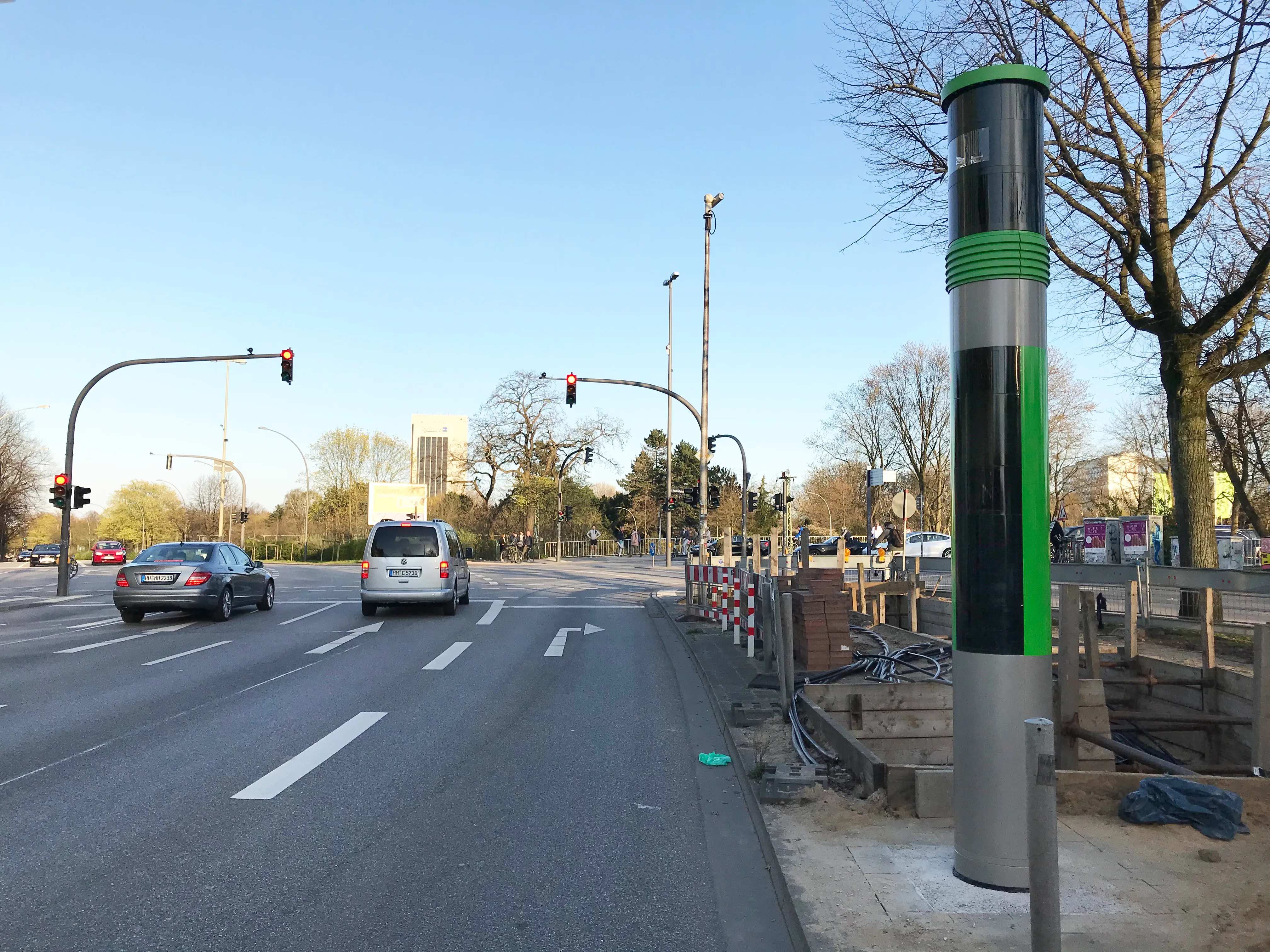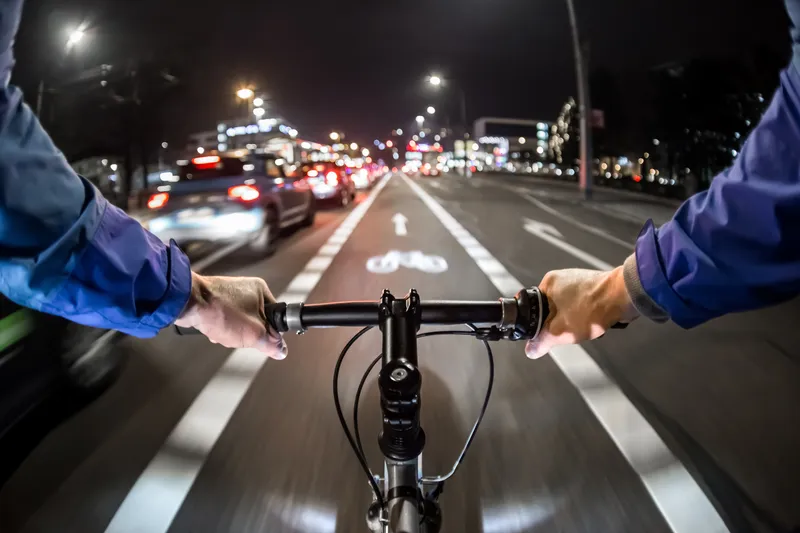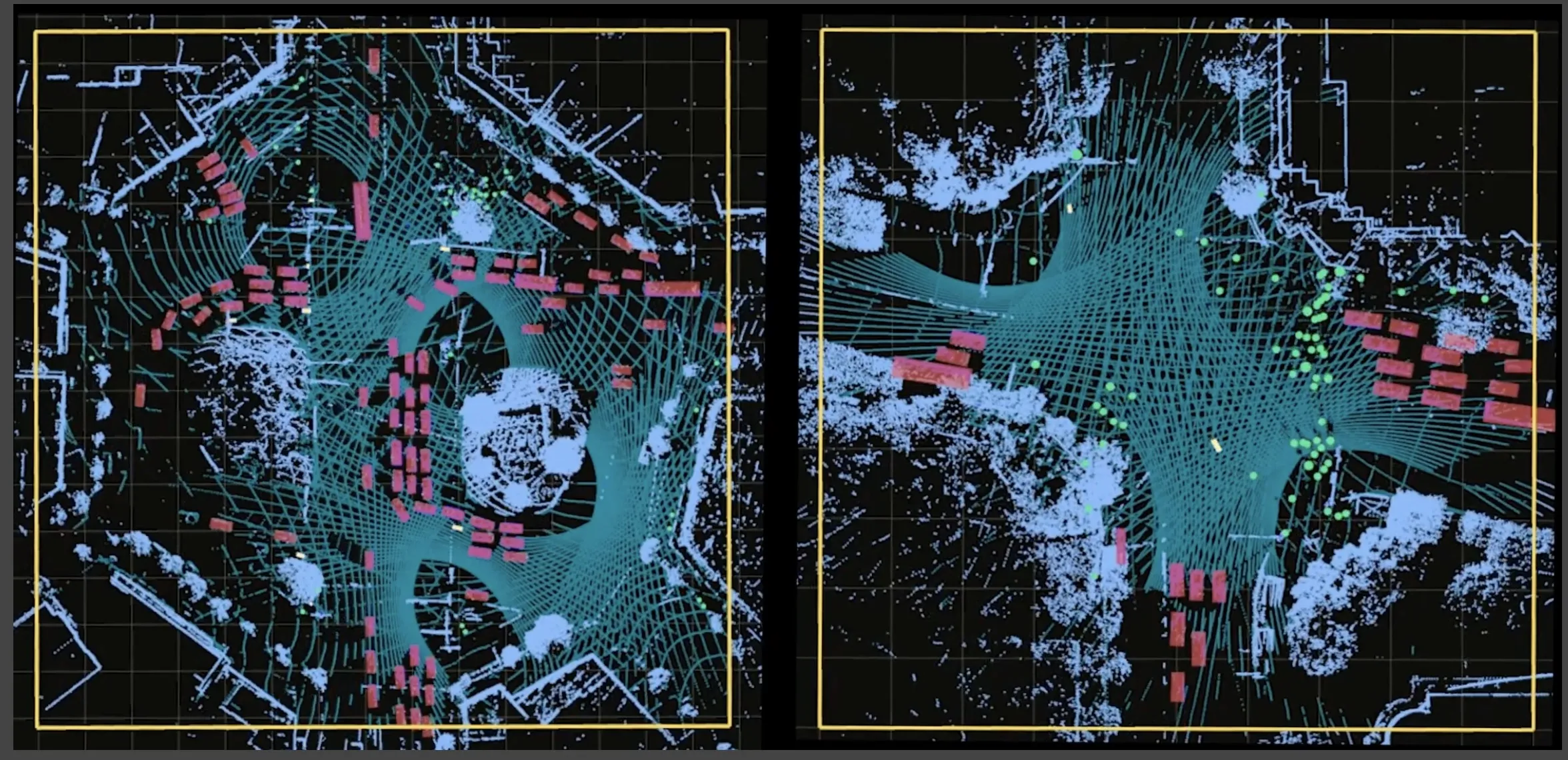
Vitronic has installed sensor technology in Hamburg aimed at optimising traffic flow and protecting vulnerable road users (VRUs).
The vision technology firm is using the German city's Test Track for Automated and Connected Driving (TAVF), a network of public roads containing various installations for the use of Infrastructure to Vehicle and Vehicle to Infrastructure communications.
In addition to automated and connected driving functions, it also allows manufacturers and researchers to test ITS applications, safety and assistance systems - all in a real-life traffic environment.
The city is the location of October's ITS World Congress and Vitronic plans to present the results of its work there.
It is testing the systems at what the company calls a 'danger point', the congested traffic junction K94.
A video camera was installed on an existing light pole to record the flow of traffic coming from Schröderstiftstraße in the direction of the K94 junction (Rentzelstraße / Schröderstiftstraße / An der Verbindungsbahn).
A second camera was fitted to a pillar located directly at the K94 junction.
Both cameras record the incoming traffic from the direction of Schröderstiftstraße. The real-time data collected is available for further processing by the traffic lights control processes at the K94 junction.
The aim is to optimise traffic light control so that waiting and travel times are reduced for all road users.
For example, green phases could be extended at peak times so that an increased number of cyclists and pedestrians can cross the road safely.
Additionally, Vitronic has installed two additional sensors and a 3D radar to increase traffic safety for VRUs in the area of the K94 junction.
In the future, collective perception messages (CPM) could be sent to vehicles passing the intersection.
This would be intended to direct the attention of drivers or (semi-) autonomous vehicles to situations detected by the sensor system that are potentially dangerous for VRUs.
Position data of all traffic objects detected by the sensors can be continuously sent via CPM. Currently, the communication between the roadside unit and the on-board unit is being tested and improved.










